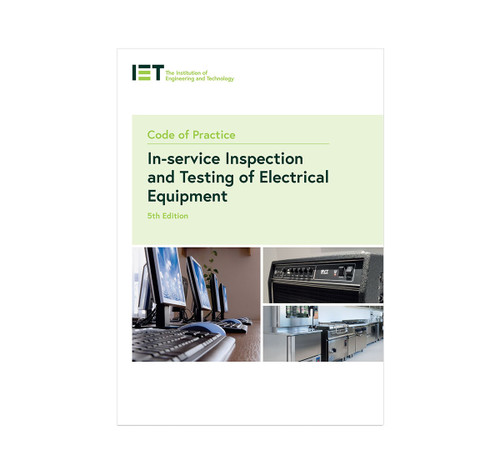Product Overview
This Code of Practice provides a clear overview of EV charging equipment, as well as setting out the considerations needed prior to installations and the necessary physical and electrical installation requirements. It also details what needs to be considered when installing electric vehicle charging equipment in various different locations - such as domestic dwellings, on-street locations, and commercial and industrial premises.
Key changes for the 5th Edition include:
-
Full Compliance with Standards: The document is now fully aligned with BS 7671:2018+A2:2022 and incorporates the latest guidance from ENA Engineering Recommendation G12/4.
-
Enhanced “Vehicle as Storage” Section: Significant updates include provisions for prosumer electrical installations.
- Legislative Updates:
- Incorporates the new Smart Charging Regulations 2021.
- Reflects changes in Part S of the Building Regulations 2022.
- Includes installation and accessibility requirements from Part M of the Building Regulations and PAS 1899 guidance.
- Adjustments to align with the latest amendments to BS 7671.
-
Telecommunications and Auxiliary Cabling: Provides new guidance on installation practices.
-
Simultaneous Contact Assessment: Updates requirements to address mixed earthing arrangements.
-
Fire Safety Considerations: Recognizes the RISCAuthority publication RC59 for addressing fire safety in both domestic and commercial EV charging installations.
- Expanded and Updated Appendices:
- Practices for installing earth electrodes.
- Details on Mode 4 charging equipment, including pantograph connectivity systems for HGVs and PSVs.
- Guidance on the minimum depth for buried cables and minimum height for overhead cables in various environments.
• Extended coverage of earth fault loop impedance and RCD testing, including the use of vehicle simulators for Mode 3 equipment and testing within prosumer installations.
• Expanded DNO notification requirements, now covering Vehicle-to-Grid (V2G) and Vehicle-to-Home (V2H) applications.
• Updated instructions for inductive charging installations.







